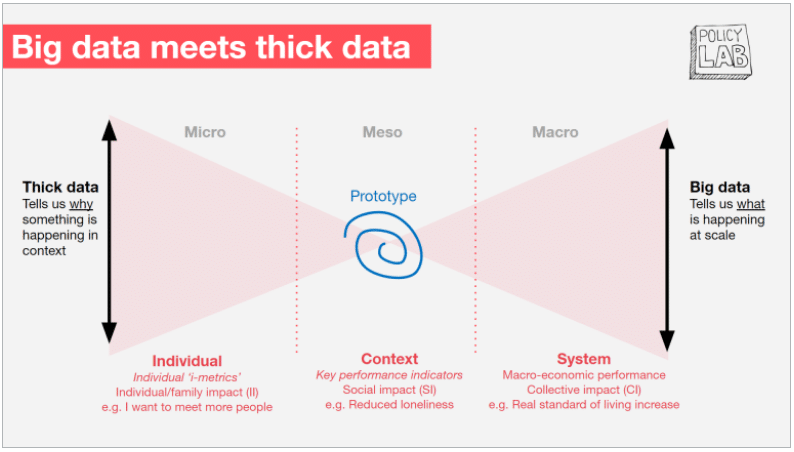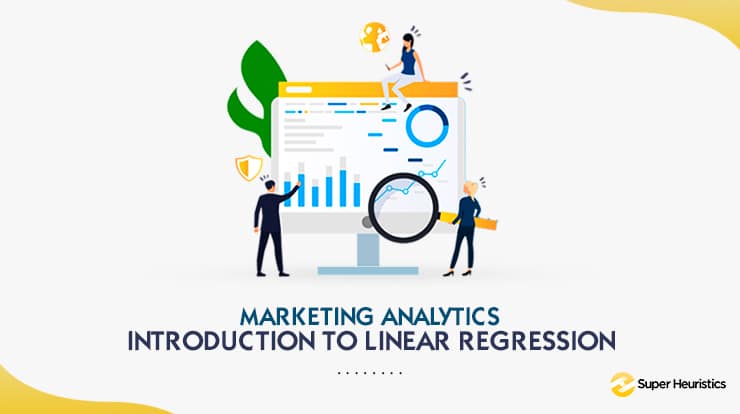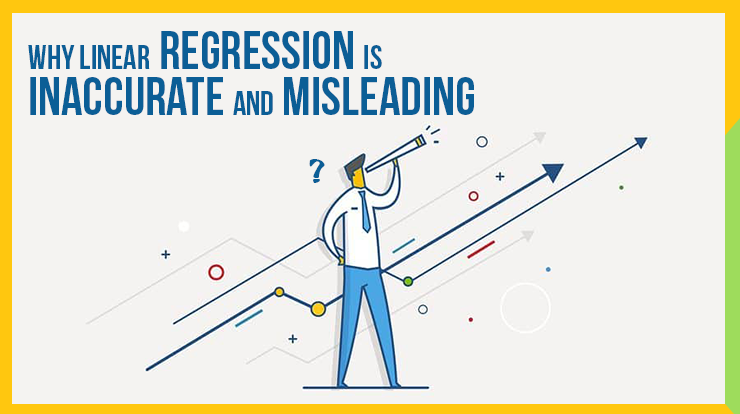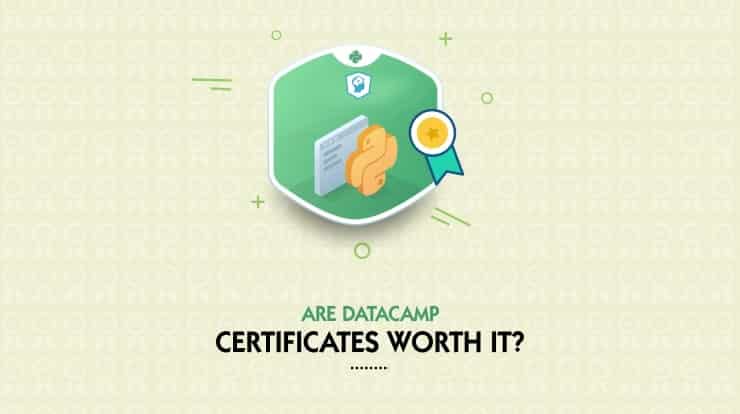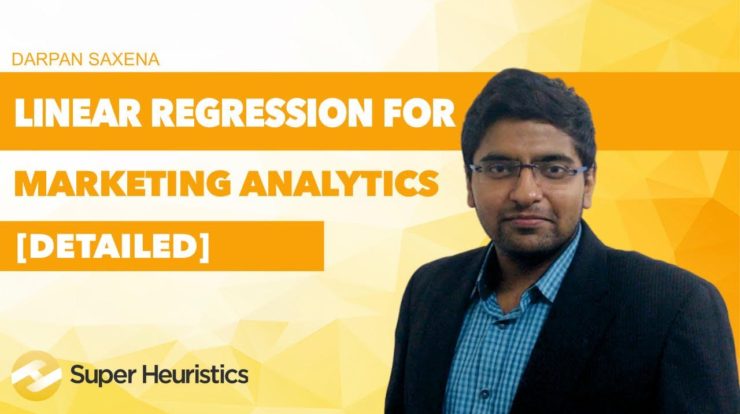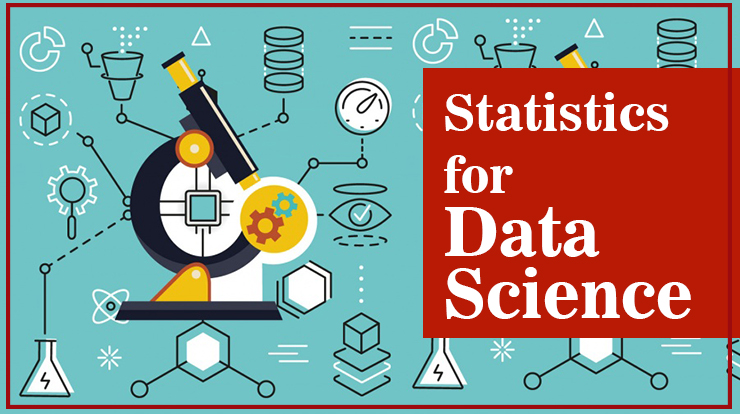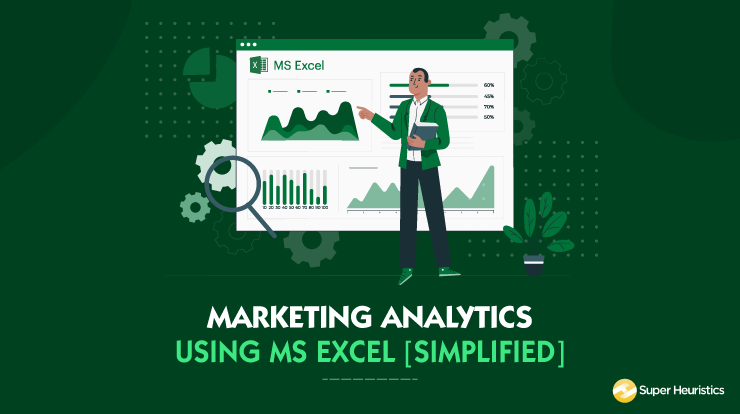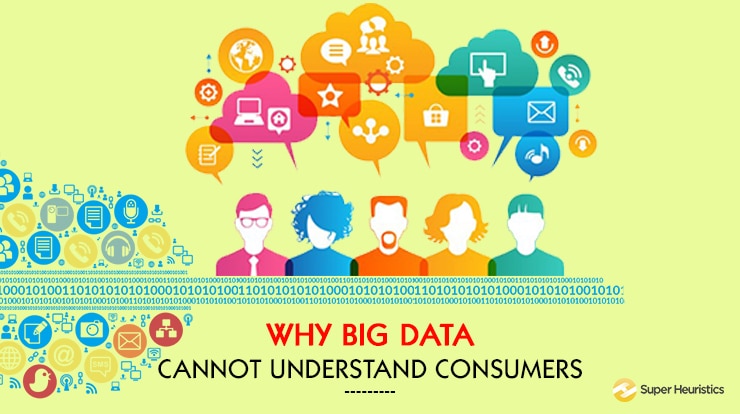
The human civilization is currently living and breathing big data and data-driven decision making. But is quantitative analysis enough to understand the core reason behind how consumers behave? What is thick data, and can it help solve such mysteries?
While big data projects are a technological trend, a Gartner study found out that over 60% of them get so big in size, scope, and over ambitious that they completely fail. Yet, you know how data analytics jobs sell like hot cakes.
But do numbers perform a good job at explaining ‘why’ something happens? Why is sales taking a nosedive? Why is my product so popular among the youth? How can I explain why my store attracts less visitors whereas my products sell well on e-commerce?
Answers to such subjective questions may get tricky when tackled with big data, since the answers just won’t be there. But, if we bring the knowledge of thick data into the picture, the blur might go away.
What is wrong with Big Data?
I recently attended a seminar on Looking beyond Big Data, where a speaker talked about an interesting example to explain why big data might not always show us the right answers.

Customers associate the Ford Mustang with certain unique attributes, which make it the preferred choice in its target segment. Each succeeding model must aim to fulfil and surpass these consumer perceptions in order to ensure consistent sales of the brand.
The first image, was the initial model of the Ford Mustang launched back in the 1960s. The Mustang quickly gained wide popularity as a powerful, loud, and masculine car. Over the decades, Ford launched newer models, with significant improvements in engine design and torque, and by 1990, the 4th generation model had hit the roads (which was the second image presented).
Interestingly, while the engine design and specifications showed it becoming more and more powerful objectively, consumers perceived that it had gradually become less powerful, and sales had significantly dropped. Why do you think people perceived it as less powerful?
Ethnographic studies found that customers associated the Ford Mustang with youth, responsibility, and assertiveness. So, power was an experience, and through the sense of sound, car owners felt pride in driving a Mustang as they zoomed past with the engines revving. Since the manufacturers had worked on silencing the roar of the engine and controlled the vibration, they unknowingly tampered with the experience consumers associated with and cherished while driving it.
“Data is the new Oil” pushes our perception into seeking volume instead of quality, of trusting normalized and standardized numbers as best representing the interests of the entire population (which is selected as a huge sample size). So much so that Data Scientist was the best job in America in 2019 according to Glassdoor, with one of the highest base salaries.
But, looking at the example above, and many more that are seen and heard in daily life, we know that experiences like our unconscious behaviour are still mysteries. Why? Because they don’t involve large datasets to be analyzed. Instead, they depict our cultural, societal and psychological perceptions, what are called human sciences, a concept that big data fails to explain.
What is Thick Data?
Which one do you enjoy more, watching a movie on Netflix, or listening to the story from a friend? Why the movie on Netflix? Because it appeals to your sense of vision and hearing, and the details packed in those 2 hours keep your mind engaged with the depth of experience.
Thick data means large and complex unstructured data. It goes beyond quantitative analysis to reveal the social context and connections between data points. Thick data can be captured from many primary and secondary research approaches, such as call logs, surveys, questionnaires, focus groups, interviews, videos, etc.
But how does thick data offer something different? It is because of the subjectivity involved – to understand people, we need to understand their context: where they come from, what they do, what people they follow, what leisure activity they enjoy, where do they eat, and the list goes on.
What big data specialists often fail to realize is: they isolate themselves so much with the ‘big picture’, that they lose out on the rich, qualitative reality of consumers’ lives. Recorded actions (like CTR, captured in big data) are isolated from the entire context of the consumer’s day. Knowledge of thick data, on the contrary, shows you the actual slice of life of the consumer, the life they are living right then.
You can virtually take a tour of the city through a Virtual Reality platform, or through Google Maps, but the actual experience of visiting tourist attractions, mingling with the locals and the architectural marvels, and discovering unexplored streets can only be witnessed when you physically fly down to the place.
Big Data vs Thick Data
Here’s an analogy to understand:
Imagine an ocean, with impossibly vast amount of water. If you want to explore it and unearth interesting findings, you have two options:
Big data and thick data offer distinct perspectives. Big data gives insights to a very large sample size of very limited information (features, or parameters) and insights get interesting based on scale of data collected.
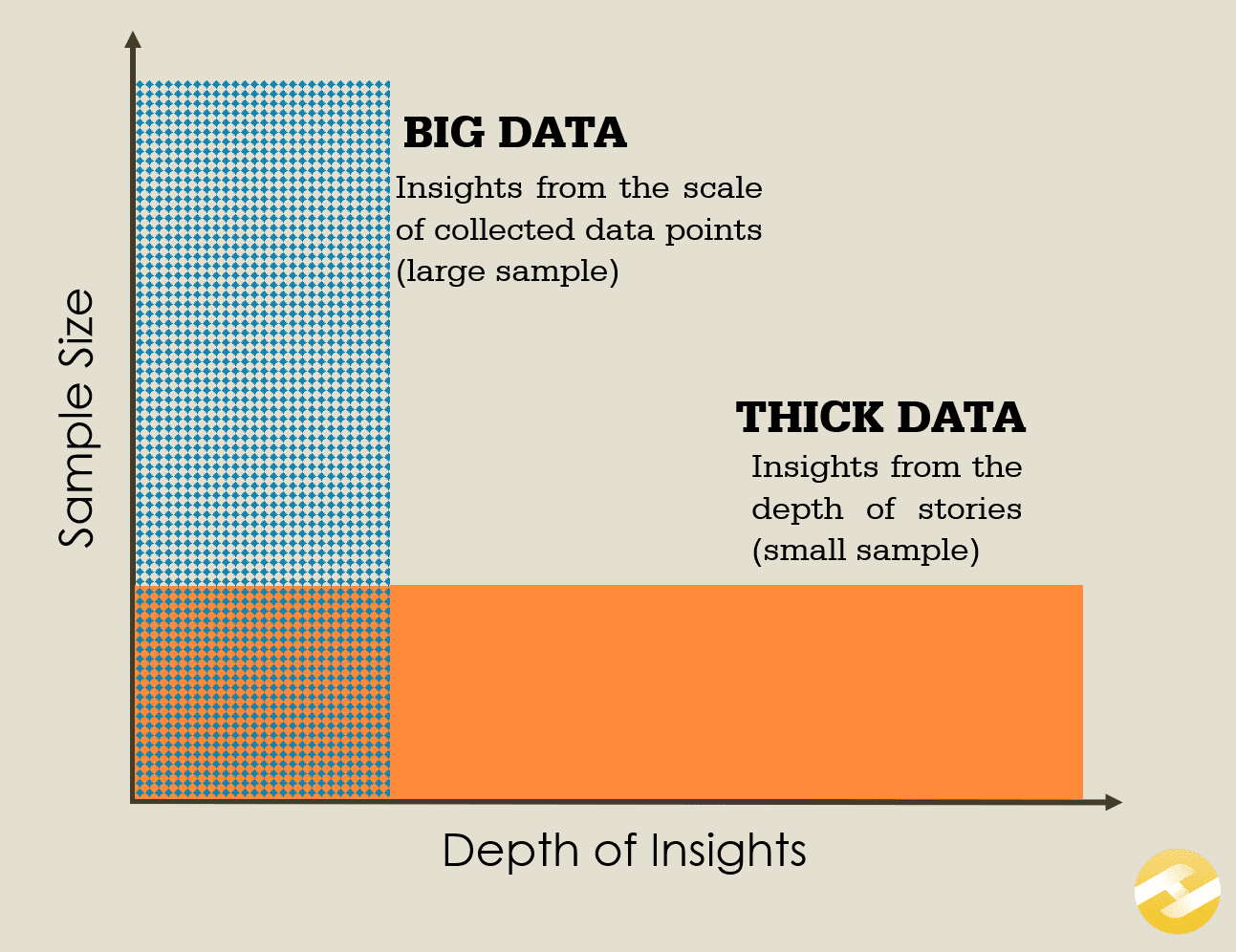
The graph depicts the concept of thick data, contrary to data-rich big data, and how small amounts of subjective information offers immense depth of insights.
Thick data, on the other hand, collects a wide range of information (not just quantitative data points, but lot of qualitative data) from a very small sample size. So, the focus shifts from scale to uniqueness of experience from consumers based on their behaviour, habits, and choices.
You would now appreciate the fact that while big data offers keen insights into what happens with a product or what customers prefer to buy, thick data goes beyond that to answer the ‘Why’ behind what we as consumers do or think. Thick data is capable of answering why certain trends stick longer than others, and why consumers associate to certain brands the way they do.
Thick Data solving Business Problems
Companies are increasingly sending their strategists out on the streets to observe and understand their consumers interacting with their products. Few of the most popular Data Capturing approaches are feedback and evaluation, through videos, focus group discussions, and depth interviews. These help uncover unique motivations and pain points.
Credit card fraud detection processes, for instance, through sense-making, are identifying cases of fraud which their big data applications earlier were unable to identify. This is a classic example of marrying big data with thick data, to get the best of both the worlds.
Especially with 2020 masked by COVID-19, companies have increasingly considered thick data analysis along with existing big data projects. So now, data scientists and analysts are working with anthropologists, sociologists and economists to deliver contextualized, analytical solutions.
Sounds fancy? It isn’t so. It simply means that, for instance a supermarket gathered insights from past sales about certain associations in the product purchases. However, they did not change the store layout which typical analysts would recommend.
Instead, through knowledge of thick data, they spaced out the store to provide more room for movement, while providing smaller volumes of more product categories on shelves.
Where did this decision come from? With the onset of the pandemic, only regular visitors of the shop would come to look on certain known shelves to purchase essentials. Instead of visitors nervously stress-hunting, they moved around and found items, with an overall hassle-free experience.
The Power of Thick Data
Thick data doesn’t necessarily solve a mystery by being applied after big data insights. Thick data is often applied before big data to understand the context in which a data analysis is being performed.
Especially in the Indian context, the big data practice of isolating the product for analysis doesn’t help in thick data. This is because, for instance, you won’t understand the experience of driving a car in isolation, when it is meant to be driven on the chaotic Indian roads. The actual challenges and unique pain points can be identified only when the process happens within the constraints.
Yet another classic example of thick data is the brand Fair & Lovely changing its name to drop the word ‘Fair’.
Now quantitatively, this brand is selling well. Looking at the market for fairness creams in India, a big data analysis for data coming from matrimonial, fashion and entertainment industry, and many other client-facing professions actually add to the biased perception. But the brand is taking a reflexive step back, owing to the ideology it gradually grew to associate with, which comes from the consumer perception, aspirations, and motivations.
Conclusion
I hope this discussion cleared your thoughts about what is thick data and how the unique competencies of big data and thick data can be leveraged for business decision making. Organizations are increasingly looking to invest in thick data due to its capability to uncover insights which big data often fails to capture. But to understand what is thick data, we looked at multiple examples where small volume of detailed qualitative data, such as Facebook videos and depth interviews, can explain the ‘Why’ behind all phenomena.
Also Read: Decoding Consumer Behaviour
Also Read: Consumer Analytics at Target Retail

